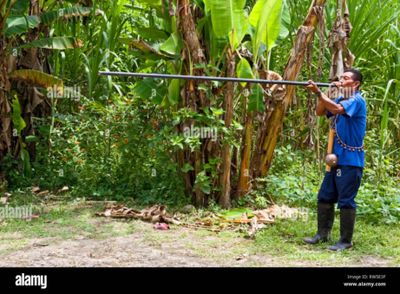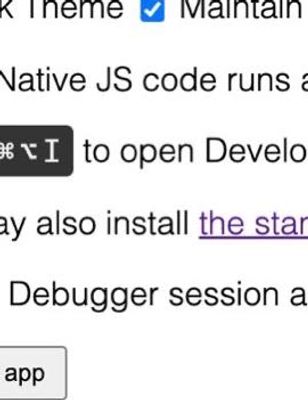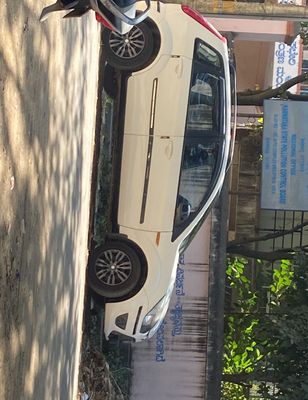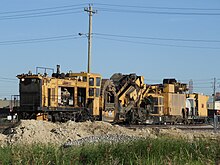Next AvailableNov 21
Book with Koppa Kn
Fisher Man
Bangalore Court TN
/users/61508d5f-9801-4dbb-bf56-c155bdf05e9e/profile/e4e3bc57-84a1-4e5c-9a60-60ca79739861.jpg)
Koppa Kn, Captain at Fisher Man
institutions before the reign of Philip II (depicted), from 359 to 336 BC. Administration evolved in complexity under his successor Alexander the Great and subsequent dynasties. It is unclear if a constitution was formally established. The king (basileus) served as the head of state, assisted by his noble companions and royal pages. Kings served as chief judges and high priests of the nation, using their wealth to sponsor religious cults and to fund the armed forces. They controlled the exploitation of gold and timber. The right to mint coins was shared by the central and some local governments. The kings were the commanders-in-chiefof the armed forces and commonly led their troops into battle. The ancient Macedonian army held some of the functions of a popular assembly and had some authority over the royal succession. In 167 BC the Macedonian monarchy was abolished and replaced by four Roman client states. (Full article...)
Did you know ...
- ... that if you went to an anime convention in the 2000s, you might have been hit by a yaoi paddle(example pictured)?
- ... that Liberian minister of information Joe Mulbahwas suspended by President Charles Taylor after a fist fight with the deputy minister of information?
- ... that zaï planting pits are an indigenous form of rainwater harvesting in the Sahel?
- ... that despite being marketed as Tages' international breakthrough, Studio was only issued in Sweden and Denmark upon original release?
Upcoming Availability
Trips Available with Fisher Man

Hunting
Starting At $1,000
hunt in the middle of amazon forest
Hunting Area: Bangalore Court, TN
Hunting: Active hunting
Capacity:
Max 10 guests (base trip price includes 10 guests)Description: hunting in the middle of amazon forest

Fishing
Starting At $100
Mate fee rate card
Fishing Area: Bangalore Court, TN
Fishing: Offshore
Capacity:
Max 8 guests (base trip price includes 8 guests)Description: Test

Fishing
Starting At $100
test
Fishing Area: Bangalore Court, TN
Fishing: Flats
Capacity:
Max 8 guests (base trip price includes 8 guests)Description: test

Hunting
Starting At $6
New Hunting
Hunting Area: Bangalore Court, TN
Hunting: Bird hunting
Capacity:
Max 8 guests (base trip price includes 8 guests)Target Animals:
Description:

Fishing
Starting At $1,000
Test New Card
Fishing Area: Bangalore Court, TN
Fishing: Flats
Capacity:
Max 8 guests (base trip price includes 8 guests)Description: Test

Fishing
Starting At $10
No fee rate card
Fishing Area: Bangalore Court, TN
Fishing: Lake
Capacity:
Max 8 guests (base trip price includes 8 guests)Description: Test

Fishing
Starting At $100
Both fee
Fishing Area: Bangalore Court, TN
Fishing: Wrecks
Capacity:
Max 10 guests (base trip price includes 10 guests)Description: Both fee
fishing & hunting Territory
FAQs about Fisher Man
What are the trip rates for Fisher Man?
What's included in the trip price with Fisher Man?
What types of fishing & hunting does Fisher Man offer?
What is the cancellation policy for Fisher Man?
Ratings & Reviews Summary

November 21, 2024
very good

November 21, 2024
very good

November 21, 2024
very good

November 21, 2024
very good

November 21, 2024
very good

November 21, 2024
very good



